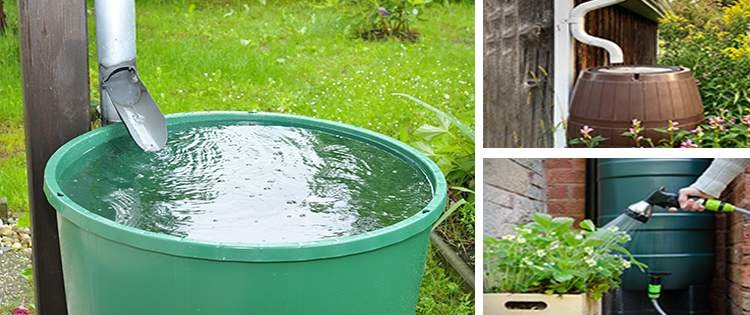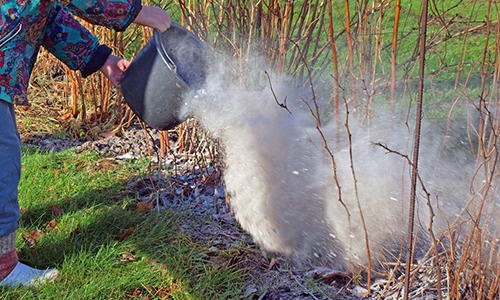Celery is a versatile vegetable that adds flavor and crunch to a variety of dishes. Growing celery at home is a fun and rewarding experience that provides you with fresh, organic produce and saves you money. Whether you’re an experienced gardener or a beginner, this guide will provide you with step-by-step instructions on how to grow healthy and bountiful celery plants.
A Brief History
Celery has been a staple of the culinary world for centuries. Originating in Mediterranean regions, this vegetable was used for both its flavor and medicinal properties. The ancient Greeks and Romans were known to have used celery in various dishes, and the Greeks even considered it to be a symbol of good luck.
In the 18th century, celery was introduced to North America and began to be grown commercially. By the 19th century, it had become an important part of American cuisine and culture. Throughout the 20th century, celery was used in various dishes, with its popularity being furthered by the invention of celery salt and other condiments.
Today, celery is still a popular vegetable around the world and is used in a variety of dishes. It is also known for its nutritional benefits, as it is high in dietary fiber, vitamins A and C, and potassium. Celery is also low in calories and cholesterol-free, making it a healthy choice for those looking to include more vegetables in their diet.
Nutritional Benefits
Celery is a nutritional powerhouse, packed full of vitamins and minerals. It contains vitamin C, beta carotene, and flavonoids, but there are at least 12 additional kinds of antioxidant nutrients found in a single stalk. It is also a good source of dietary fiber, potassium, and folate.
Celery is low in calories and fat, but high in essential nutrients such as Vitamin A, B6, C, K, folic acid, calcium and magnesium. Eating celery helps to reduce cholesterol levels in the body and it also aids in digestion. Celery is known for its ability to help reduce inflammation due to its high antioxidant content and it can also help reduce the risk of cancer.
In addition to its nutritional benefits, celery is also incredibly versatile. It can be eaten raw or cooked in a variety of dishes such as soups, stews, salads and stir-fries. It can also be juiced or blended into smoothies for an extra boost of nutrients.
Common Varieties & Their Uses
When it comes to common varieties of celery, there are a few that are widely available and suitable for home-growing. The most popular varieties used for growing at home are Pascal, Giant Red, White Plume, and Golden Self Blanching.
Pascal is the most recognizable type of celery and has a mild, slightly sweet flavor and a crisp texture. It is the most popular variety of celery for use in salads or juicing.
Giant Red is a large-stalked variety with a strong flavor and vibrant red color. This variety should be blanched before eating to reduce the strong flavor.
White Plume is an heirloom variety that has a mild flavor and creamy white stalks. It is best eaten raw in salads or lightly cooked in stir-fries or soups.
Golden Self Blanching is known for its yellowish-green stalks and sweet, delicate flavor. This variety does not require blanching before eating and is great for adding color to salads or stews.
When choosing your celery plants, look for healthy, deep green leaves with no signs of disease or insect damage. Plant your seeds or seedlings in the right soil type and give them plenty of water and fertilizer to ensure they grow to their full potential. With the right care, you can enjoy homegrown celery in salads, soups, stir-fries, and more all year round.
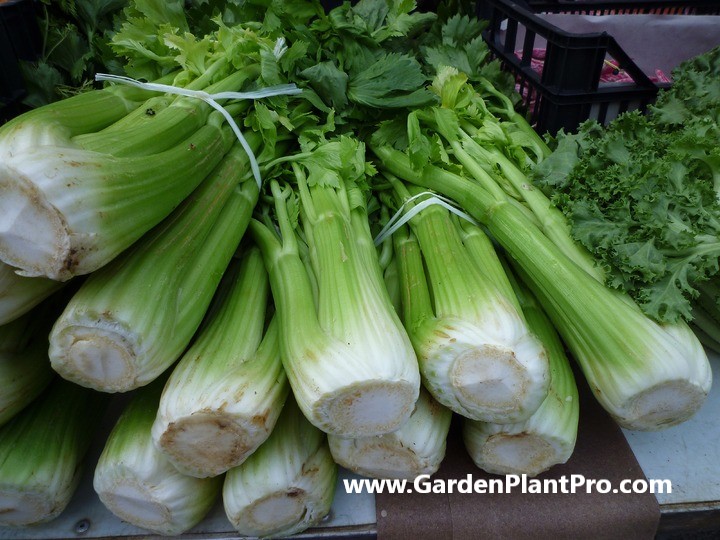
When To Sow
When it comes to sowing celery, timing is everything. Celery should be planted in the spring, when the soil temperature is at least 10°C (50°F). This is usually around 2-4 weeks after the last frost. In areas with mild winters, celery can be planted in autumn for an early harvest the following spring.
Harvest celery from summer and through the autumn until the first hard frosts stop growth. In milder areas celery may overwinter, producing until late winter or early spring of the following year.
Harvesting can continue through the winter months if temperatures are mild enough but it’s best to harvest before too much cold weather sets in.
Choosing A Suitable Location In The Garden
Choosing a suitable location in the garden for growing celery is an important step in cultivating a successful crop. Celery prefers to be grown in full sun, meaning it should receive at least 6-8 hours of direct sunlight each day. It also needs to be protected from strong winds.
When selecting a spot for your celery, make sure the soil is nutrient-rich and loose enough to allow for easy root growth. If necessary, you can amend the soil with organic matter to improve its structure and fertility.
Additionally, when choosing a spot, consider other plants you may be growing in your garden as celery has some beneficial companion plants that help it thrive. Once you have selected a spot, prepare the soil by loosening it to a depth of at least 300mm and incorporating organic matter if needed.
Preparing The Soil
Preparing the soil is an important part of growing celery. Celery requires a deeply worked and moist soil that is enriched with plenty of compost or well-rotted manure. To prepare the soil, work it deeply with a garden fork or spade, and add in plenty of compost or manure.
DIY PROJECT: Collect rainwater no matter where you live...
This DIY project is the best way to legally collect rainwater NO MATTER where you live. Get chlorine-free water, cut down on your water bills, and have enough for an emergency situation or to water your garden. Read More Here...
Wild celery grows in wet soils, so adding organic matter to the soil can help keep the area moist. If you want your sprouted celery base to grow larger, plant it in a pot. First, to prevent soil leakage, cover the drainage holes in the pot with some fine mesh. Next, fill the pot with a high-quality potting mix such as Yates Black Magic Seed Raising Mix.
Sprinkle the celery seeds over the mix, lightly cover it and gently water it. Keep the soil moist throughout the germination period and beyond. Once your seedlings have emerged and are established, you can begin fertilizing them regularly with a liquid fertilizer to help promote healthy growth.
Planting The Seeds Or Seedlings
Planting the seeds or seedlings is the next step in successfully growing celery in your own garden. It is best to sow the seeds indoors, in seed trays, modules or pots of moist compost at 15°C (59°F). To ensure successful germination, fill seed flats or pots with good-quality seed starting mix and gently firm it level. You can also use Yates Black Magic Seed Raising Mix. Sprinkle the seeds over the mix, lightly cover and gently water. Keep the soil moist throughout.
Once the seedlings have sprouted and have four true leaves, they can be transplanted outdoors into a deeply worked and moist soil. Choose a sunny spot in the garden with a cool climate – full sun is essential for best crop – and plant the seedlings about 30 cm apart in rows.
Celery seeds are tiny and tricky to plant, so try mixing them with sand and then sprinkle the sand-seed mix over the potting soil. Cover lightly with soil and water gently but thoroughly. Once planted, keep the soil moist throughout and apply a liquid fertilizer every two weeks for best results.
Now your celery crop is planted, all that remains is to keep it well-watered, fertilized and free from pests and diseases. With some care and attention your celery should be ready to harvest in approximately 10-12 weeks.
Caring For The Seedlings
Caring for the seedlings is a crucial part of growing celery at home.
Once the seeds have been sown, they need to be given adequate light, water and nutrition in order to develop into healthy, strong plants. Ideally, the seedlings should be placed in an area that receives 6-8 hours of sunlight per day. If it is too cold or not sunny enough, the seedlings will struggle to thrive. To ensure the soil is warm enough for germination, you can put a plastic sheet over the soil or place a cloche over your seed trays and pots.
Celery needs plenty of water, so make sure to water your plants regularly, especially when temperatures are hot. Be careful not to overwater as this can cause root rot. Watering should be done at the base of each plant, avoiding wetting the leaves.
Finally, make sure that you thin out any overcrowded seedlings to create space for the remaining plants to grow and develop properly. This should be done when the seedlings are approximately 5-10cm tall.
Watering & Fertilizing
Watering and fertilizing are essential components of growing celery at home. As celery is a heavy feeder, it will need regular fertilization to ensure maximum growth and health.
The best way to water celery is by using a soaker hose or drip irrigation system, which will help to prevent water loss due to evaporation. It is important to ensure that the soil remains moist but not waterlogged, as this can lead to root rot.
Fertilization should be done once a month during the growing season, using an organic fertilizer with a nitrogen-phosphorus-potassium (NPK) ratio of 5-10-10 or similar. For best results, incorporate aged manure and/or compost into the soil, or work in some 5-10-10 fertilizer. This will provide the nutrients needed for healthy celery growth.
It is also important to monitor the pH of the soil, as celery prefers a slightly acidic soil with a pH of around 6.0–7.0. If necessary, adjust the pH with lime or sulfur, which can be found at any garden center. For further advice on watering and fertilizing your celery crop, consult with your local nursery or extension office.
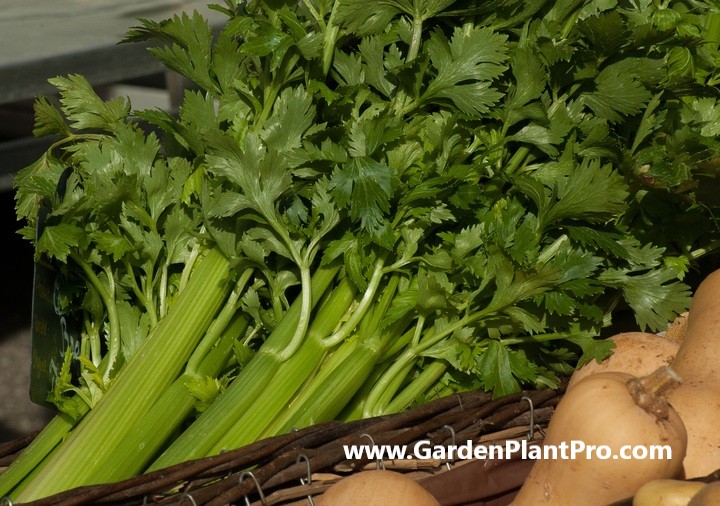
When & How To Harvest
When it comes to harvesting celery, timing is key.
The time for picking celery is usually after it has been planted for three to five months and should happen before temperatures soar. Harvest celery from summer and through the autumn until the first hard frosts stop growth. In milder areas, celery may overwinter, producing a second crop in the late winter or early spring.
When you’re ready to harvest, carefully pull up the plant from the base and cut off individual stalks. Harvesting individual stalks rather than the entire plant ensures that the remaining stalks can continue to grow and produce. Don’t forget to leave a few healthy leaves on each stalk to help it regrow.
Do you have some charcoal in your house right now? We call charcoal a “miracle leftover” for anyone who wants to be a little more self-sufficient and cut costs. That’s because it can help you with so many different things around the house and garden. You can even use it to make an energy-free fridge. Read More Here...
Celery should be harvested during dry weather and stored in a cool, dry place.
Storing
Once your celery has been harvested, it is important to store it correctly to ensure that you can enjoy its fresh flavor for as long as possible.
For short-term storage, you can keep celery in the refrigerator in an airtight container or wrapped in aluminum foil. This will keep it fresh for up to a week. For longer-term storage, celery can be frozen. To do this, wash and dry the stalks, and then cut them into ½ inch pieces. Place them in a freezer-safe container or bag, and store in the freezer for up to six months.
If you would like to preserve celery for longer periods of time, you can pickle it or make fermented celery. To pickle celery, cut it into thin strips and place them in a jar with vinegar and salt. Then seal the jar and store it in a cool, dark place for up to one year.
To make fermented celery, first cut your celery into small cubes and add them to a jar with salt and filtered water. Leave the jar at room temperature until it has developed a sour taste (usually after one week). Then transfer the jar to the refrigerator where it will last several months.
Whether you choose to store your celery short-term or long-term, make sure you check on it regularly so that you know when it is time to use or replace it.
Common Diseases & How To Control Them
Common diseases such as Fusarium, Blackheart and Bacterial Speck can affect celery crops. Fusarium is caused by a fungus and is recognizable by the yellowing of leaves and a wilting of the plant. Blackheart is a physiological disorder caused by warm weather and lack of nutrients in the soil affecting the inner core of the plant, causing it to turn black. Bacterial Speck is caused by a bacteria and is identifiable by small spots on leaves or stalks.
To prevent these diseases, it is important to choose a suitable location in the garden with fertile, well-drained soil, protected from strong winds and direct sunlight. Planting in trenches or mounds with plenty of well rotted organic matter incorporated into the soil can also help to prevent disease.
It is also important to practice crop rotation when growing Celery to avoid disease build up in the soil. Planting resistant varieties can also help to minimize losses due to disease.
In addition, regular monitoring for potential pests or diseases is essential as early detection can help prevent serious infestations or outbreaks. A preventative spraying program should be implemented for any pests or diseases that are identified early on. This should include insecticidal soaps, horticultural oils or fungicides as necessary.
Finally, proper watering practices are essential for healthy Celery plants as over-watering can lead to an increased risk of fungal infections and water-borne diseases. Watering should be done at ground level to avoid wetting the foliage and always water only when necessary.
Common Pests & How To Control Them
Celery is a vegetable that is susceptible to various pests and diseases.
Common pests include aphids, flea beetles, slugs, and snails. To control these pests, it is important to inspect the plants regularly for signs of infestation. If an infestation is identified, take the appropriate measures to eliminate the problem.
Aphids are small insects that feed on the sap of plants. To control aphid populations, it is important to use an insecticide specifically designed for controlling aphids. Spraying with an insecticidal soap may also be effective in eliminating aphids from the celery plants.
Flea beetles are small black or brown beetles that feed on the leaves of celery plants. To control flea beetle populations, use a systemic insecticide containing imidacloprid or thiamethoxam to target and kill the insects.
Slugs and snails feed on the foliage of celery plants and can cause damage if left unchecked. To control slugs and snails, use baits or traps specifically designed to lure them away from your plants. Hand-picking can also be effective in controlling small populations of slugs and snails.
It is important to keep your celery plants well-maintained and healthy in order to prevent pest infestations. Follow our guide on preparing soil, watering, fertilizing and harvesting for optimal growing conditions for your celery plants.
CASE STUDY: We've been living off the grid for the last 40 years...
In all that time an electric wire has never been connected to our house. We haven’t gotten or paid an electricity bill in over 40 years, but we have all the electricity we want. We grow everything we need, here, in our small backyard. We also have a small medicinal garden for tough times. Read More Here...
Additionally, practice good garden hygiene by clearing away debris promptly, removing weeds around your plants, and disposing of infected plant material immediately in order to minimize pest problems in your garden.
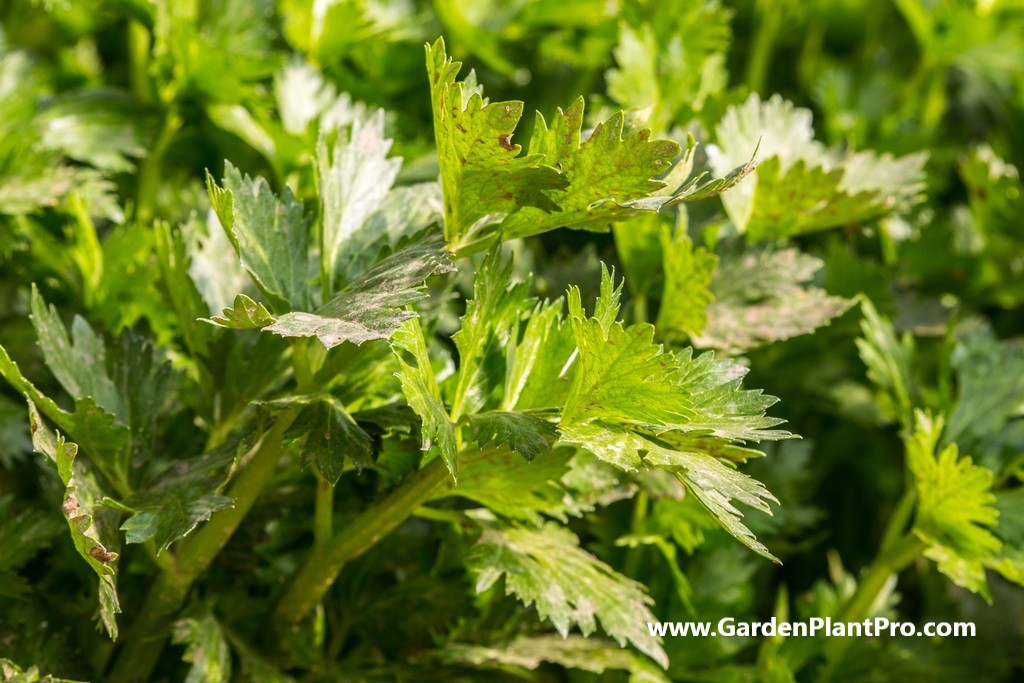
Beneficial Companion Plants
When growing celery, it’s important to consider companion planting. Companion planting is the practice of placing two or more plant species together for mutual benefit. In the case of celery, companion plants can help protect your crop from pests and provide additional nutrients.
Bush beans, cabbage, cauliflower, leeks, onions, spinach, and tomatoes are all beneficial companion plants for celery. Planting two or more of these together can improve the health and yield of your homegrown celery significantly. Carrots, parsnips and turnips are also beneficial companions to celery.
When considering companion planting for celery, you should plan to have a 16-week growing season. This allows enough time for the companion plants to produce their own benefits while also providing benefits to the celery. When planning out your garden space, be sure to consider how much space you need for each companion plant as well as the celery itself.
When planting your celery and its companion plants, it’s important to prepare the soil first. Use a tiller to break up any large clumps of soil in the area where you will be planting and then use a rake to level out the area. Add organic matter such as compost or manure to the soil before planting to ensure your plants get off to a good start.
Once you have prepared the soil properly and chosen which varieties of plants you want to use as companions, it’s time to actually plant them. Plant your celery seeds or seedlings in rows about 12 inches apart and then plant your chosen companion plants in between those rows. Water them thoroughly after planting and be sure to keep them moist until they are established.
Throughout their growing season, be sure to keep up with regular watering and fertilizing as needed. This will help ensure that both your celery and its companion plants receive all the nutrients they need for optimal growth and health.


